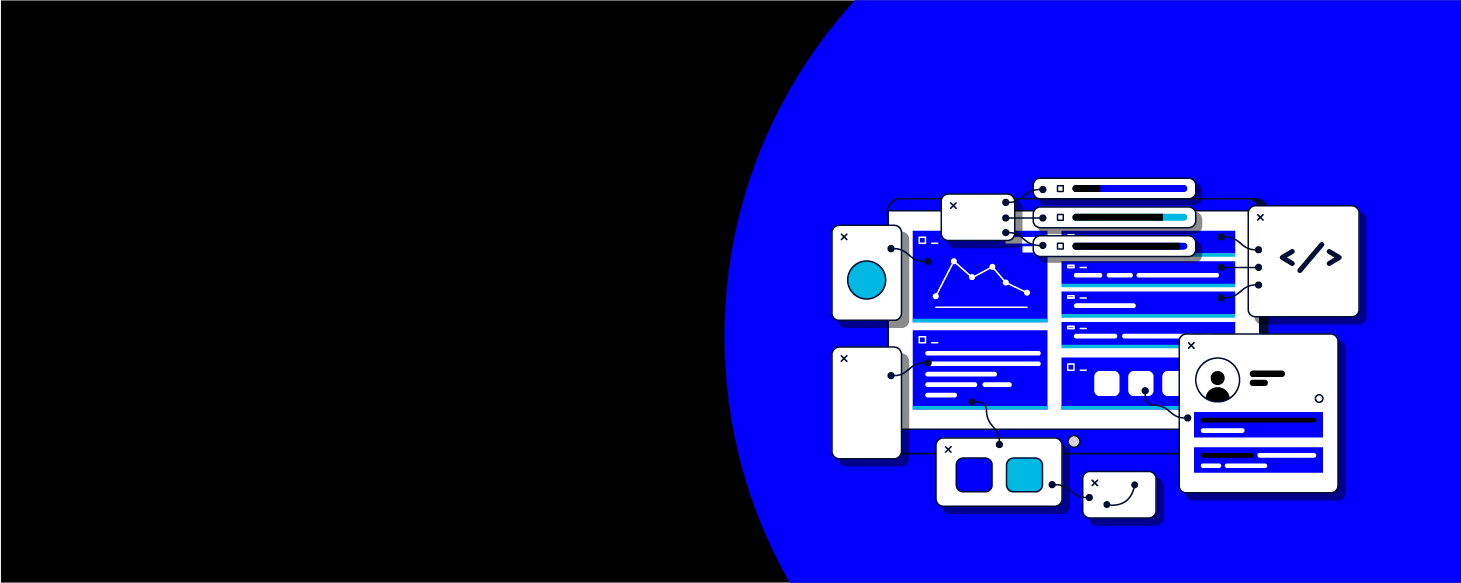User Experience Design involves creating a complete journey and delivering efficient, easy-to-use interfaces by placing the user at the center of the design and development process.
It combines accessibility, interaction, psychology, spatial design, and time management to establish a multidisciplinary system that enhances user experience. It also involves branding, design, usability, and functionality.
User Experience Design applies to websites, mobile websites, mobile applications, intranet designs, hardware interface designs, digital screens, city planning, and product design.
User-Centered Design
User Experience Design includes user research, usability testing, persona development, wireframing, UX writing, design, and prototyping for interactivity.
Users’ needs, attitudes, and behaviors are placed at the center, aiming for optimal results and the best user experience.
Understanding the user, combined with market research, competitor analysis, and essential product strategies, is key to fulfilling customer expectations through User Experience Design.
WHAT, WHY AND HOW?
What are the user's needs, and how do their behaviors align with those needs?
Why do they need this product in their life?
How should this product integrate into their life?
Statistics reveal that companies such as Apple, Pepsi, P&G, and SAP have outperformed the S&P 500 by 211%.
Do you know why?
Just by Design Thinking.
By focusing on the user and designing according to their needs and habits, these companies have integrated design thinking into their processes.
Design Thinking centers on the people who will use the product, fostering a better understanding of the entire process.
The Stages of Design Thinking
1. Understand
2. Characterize
3. Organize
4. Innovate
5. Initiate
6. Prototype
7. Test
It helps you to:
Define the unknown and unpredictable,
Stay focused,
Stay relevant,
Find practical solutions,
Learn faster,
And capture mindsets.
Design Thinking addresses the problems people face while considering their emotions and motivations.
Thus, design thinking is not only rational and analytical but also inspirational and intuitive.
Many people confuse Information Architecture with User Experience, thinking they are the same.
However, while they are related, they are not identical.
Information Architecture serves as the blueprint of the product, defining its design structure.
It provides the foundational materials for designers and is often created by UX Writers or UX Strategists.
UX Designers rely on strong Information Architecture to build the best user experience, including brand identity, color schemes, and aesthetic appeal.
Information Architecture organizes the data and content, enabling UX Designers to focus on creativity and design thinking.
A persona represents the target audience or user types who will benefit from your services or products. It is central to User Experience Design.
Following user research and competitor analysis, we create personas to identify the goals and motivations of the end user.
Persona creation involves understanding and empathizing with the user while remaining objective. It is based on user tests, behavior analysis, and experience evaluations.
Personas define the users being designed for, helping the design team stay focused on their needs.
We categorize personas from most relevant to least relevant, covering various user profiles.
While defining personas, we analyze:
The Goals
The Roles
The Habits
The Lifestyle
The Engagement
The Background
And The Past Behaviors
We use this analysis to begin the UX Design process.
Persona creation helps UX Strategists develop Information Architecture and enables the entire team to understand the user group, ensuring all stakeholders align with the design objectives.
Many people are unclear about the roles and responsibilities of UX Designers.
While definitions can vary depending on the company, UX Designers are not typically expected to be copywriters, UX Writers, UX Strategists, or UX Architects. However, having these additional skills is often advantageous.
The primary role of a UX Designer is to meet users’ needs by designing intuitive, user-friendly products such as websites, mobile apps, device interfaces, or other digital screens.
UX Designers evaluate:
User Research
Personas
UX Tests
Mockups and Wireframes
These elements are prepared by UX Researchers and UX Writers for the design process.
UX Designers use creativity and usability expertise to build the best user experience.
With an analytical mindset and strong communication skills, UX Designers bridge the gap between research, design architecture, and user interaction.
By understanding user psychology, they develop user interactions that ensure a successful experience.
UX Designers craft complete user journeys by providing efficient and easy-to-use interfaces centered around the user.
They create a multidisciplinary system by blending accessibility, interaction, psychology, space, and time.
By staying up-to-date with the latest design trends and leveraging insights from UX Research and UX Writing teams, UX Designers define functional and usability processes to create the perfect user experience.
UX Design (User Experience Design) focuses on functionality and usability, while UI Design (User Interface Design) emphasizes the visual appearance and aesthetics of the final product.
User Interface Design complements User Experience Design by defining the product's visual presentation and interactivity. It enhances the product's appeal by crafting a compelling visual experience.
If to summarize:
UX Design is practical and functional
UI Design is emotional and engaging
The UX Design stage follows the Information Architecture process, shaping usability and the customer journey.
The UI Design phase typically comes after UX Design, enhancing the entire project with visually appealing and interactive elements.
While UX Design guides users through a seamless experience, UI Design makes the journey visually enjoyable and emotionally engaging.



